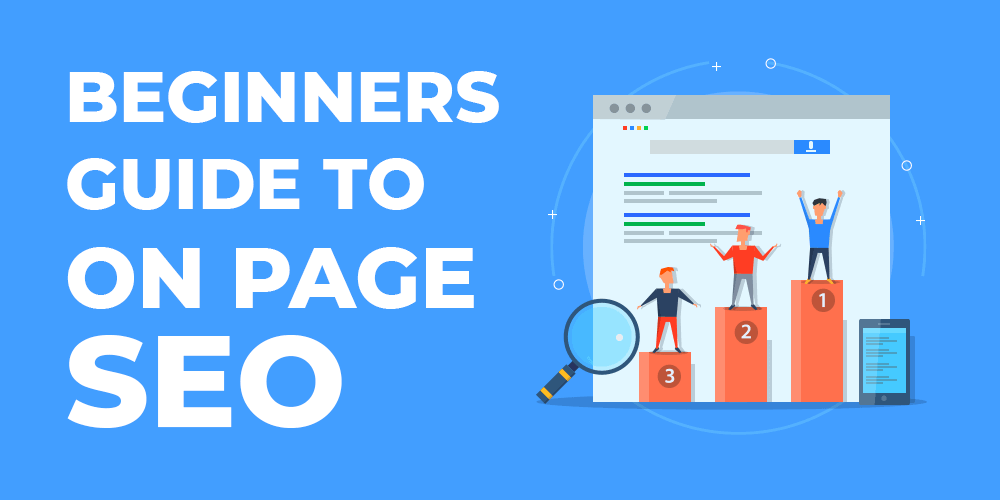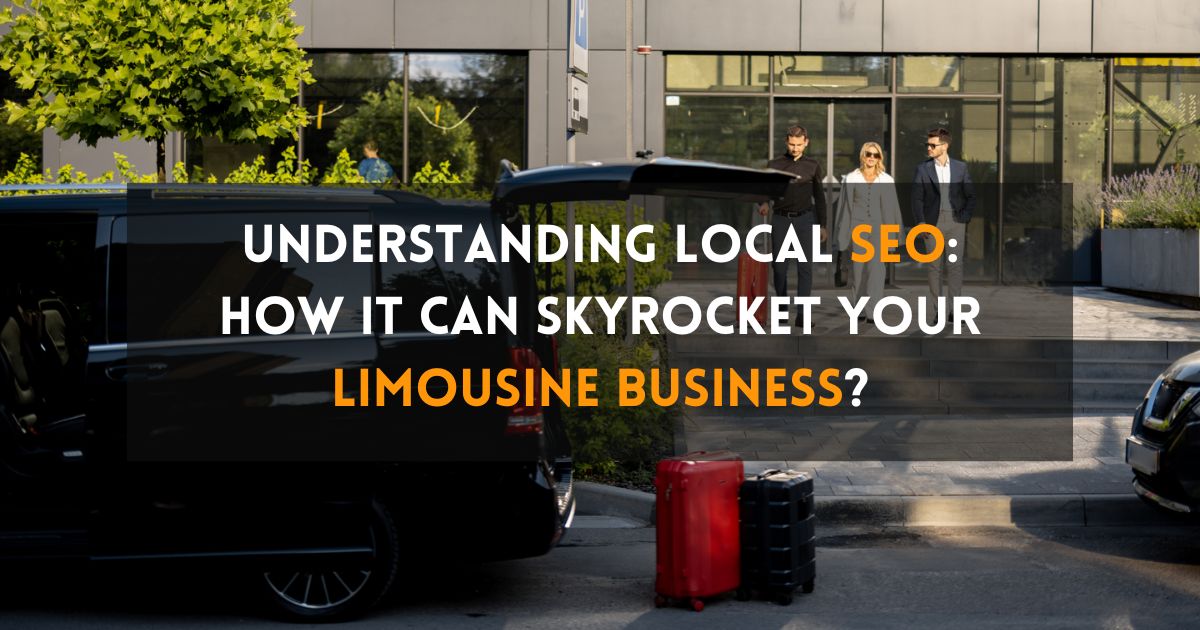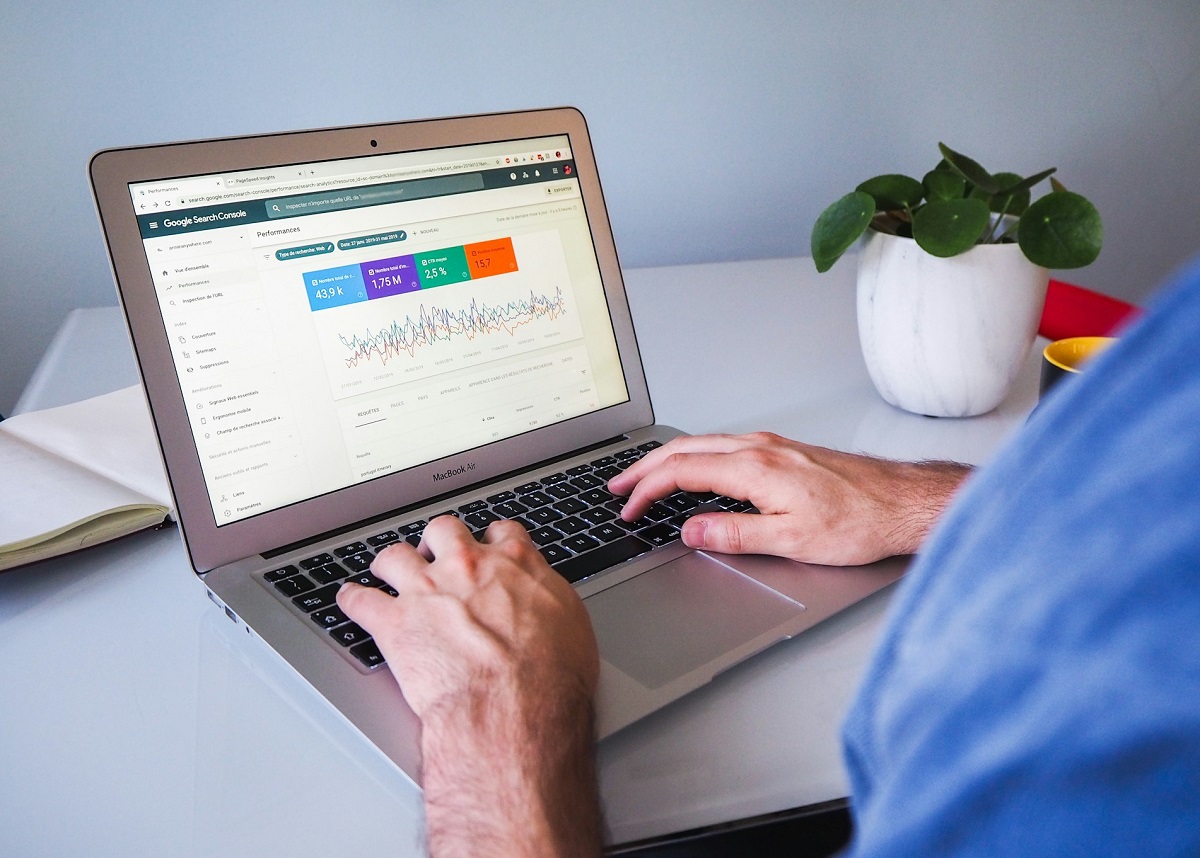
A Beginner’s Guide To On-Page SEO
Getting a website ranked higher on search engine result pages (SERPs) to get organic traffic is not an easy task. However, it depends on an effective SEO strategy that includes both On-site and Off-site strategies.
On one hand, where an off-site SEO focuses on building a backlink portfolio, an on-site or on-page strategy is the practice of optimizing more technical SEO elements like meta tags, keywords, page speed, etc. In this guide, we will discuss:
- What is on-page SEO?
- Why is on-page SEO important?
- How to optimize on-page SEO?
What is On-Page SEO?
On-page SEO, also known as “On-Site SEO is a process of optimizing the content on a web page (Both in written format & the HTML source code) to make it accessible, & discoverable to the target audience. To put it simply, the practice of on-page SEO involves an optimization of a web page that is visible to your customers ie. right from front-end to back-end components of a website. It aims to increase its usability to improve ranking & visibility in search results on different search engines such as Google, Bing, Yahoo, and many more. However, if you are not so pro in technically improving your website, the best idea would be hiring professional SEO services.
Why is On-Page SEO Important?
Since the internet is flooded with a billion websites, search engine algorithms sort an immense amount of data to organize web content and provide users with the content depending on their search queries. Here, on-page SEO enables search engines to connect your web page’s relevance to the given query or keyword made by a potential user. Google regularly updates algorithms and its ability to understand what a user is looking for online. Here, on-page SEO tells Google about your website and the solutions you are providing to your customers. It helps in higher search rankings and increased traffic to your site. It is known as “On-Page” because all the efforts & strategies to improve a web page take place on-site and can be seen by visitors.
How To Optimize On-page SEO?
On-Page SEO brings you several ranking factors to optimize. However it is different from Local SEO. Take your time to optimize each of these factors. It will help improve your rankings in search engine results and will boost your website’s visibility & competitiveness among the target audience. Here we will discuss what you need to know to optimize your on-page SEO. Let’s start:
1. Determine Google’s Criteria - Before you initiate any step to improve your On-page SEO, you need to understand how Google works, especially its algorithms. These search engines focus on a few areas to provide users with the best results they are searching for:
- Google pays closer attention whenever a visitor first lands on a page with the core web vitals update such as site speed, and how fast they interact with the page.
- Google keenly observes content on a web page seeking relevant keywords research to the content query.
- Google determines user engagement with the content such as their retaining time on a web page etc. to further determine if the visitors landing on a page finding it helpful.
- Finally, Google always prefers high-quality content which is unique, informative, and trendy.
With proper on-page SEO tools and strategies, you can significantly improve your site’s performance to meet Google’s criteria. Also, read our complete beginner’s guide on SEO & make yourself fully-knowledged.
2. Title Tags - What is a “Title Tag?” A title tag is your web page’s title that is visible to your visitors on search engine results. It is also known as “Page Titles” that tell both visitors & search engines what they can find on a particular page. To get them ranked on SERPs, make sure to include keywords in them.
- Keep it under 60 characters
- Avoid keyword stuffing
- Make it relevant to the page
- Avoid using all caps
- Include your brand name in the title.
3. Meta Descriptions - Meta descriptions are the short brief of your page title that appears under the title in search results and tells Google what your web page is all about. Though it does not influence your on-page optimization directly, it helps customers determine whether to click on it or not, and thereby it is as important as page titles.
- Keep it under 160 characters.
- Include your keywords into them
- Use complete sentences etc
4. Heading Tags - Heading tags break the content into H2s, H3s, and H4s tags to improve its readability and to draw user’s attention to your web page content. Use heading tags throughout your content by breaking them and make it more usable for readers. Also, add essential keywords to provide search engines with more context to your web page.
5. Page URLs - Keep in mind that your page URL should be easily visible, readable, and accessible for both users and Google. A URL is an address of your web page for the internet. It should include a brief description of the page’s topic.
- Don’t include extra or unnecessary words
- Use only one or two keywords
- Use HTTP if possible.
6. Alt Tags - They act as an SEO for your multimedia ie. images and videos. It informs Google about images and other multimedia in your web pages so that Google can deliver the best suitable image-based results according to a given query. So, always include an alt tag for your multimedia content.
- It should be descriptive
- Keep it under 125 characters
- Avoid keyword stuffing
7. Keywords - Keywords are the words that a visitor uses to search for any particular product or service. So, research the main keywords people are using to search your industry online. Find the most relevant ones and use them in the first paragraph of your content so that the Google algorithms can easily find them and provide users with the best results.
8. Content - Content is all about providing visitors with the information they are looking for on your particular web page. With flawless content, you can easily drive user’s attention to your site. It is an important factor to be considered in both on-page & off-page SEO. Take a look at our comprehensive guide on off-page SEO. Be it a blog post, a service page, a product page, or anything else. Optimizing your content can help Google rank your website. Also, regularly visit your past content and optimize it accordingly. Keep in mind that Google algorithms regularly change as per user intent. So you need to shift your SEO practices regularly. You can take help of professional content writing services to get a competitive edge.
- Use keywords in headings & paragraphs.
- Break content into headings
- Insert pleasing images
- Avoid duplicate content
- Make your content error-free in terms of grammar and spelling.
- Make it unique and informative
9. Page Speed - Whether it is on mobile or a desktop, the quick page speed matters. It determines how fast a website can load its content. No visitor wants to stay on a website that loads slowly. Google is extremely concerned about the user experience and if a user leaves your website within three seconds after landing, it will impact conversions and ROI. So, evaluate your website’s speed anytime using various tools and optimize it accordingly.
10. Internal Linking - Internal linking is the practice of linking one page to another page on your website. Most people overlook it when it comes to on-page SEO. But it is essential. It helps visitors explore your website efficiently apart from the content they have landed for on your website. They can discover new content and understand your website better. No linking or little interlinking can negatively impact the ranking of your web pages. For the best results, insert at least two or more links to your web page.
When it comes to ranking your website on SERPs, you don’t have to be a technical SEO expert. Just implement these strategies, understand the basic concept of Google algorithms and use the best SEO tools and metrics to make better decisions for your site.







 +91-8824414404
+91-8824414404